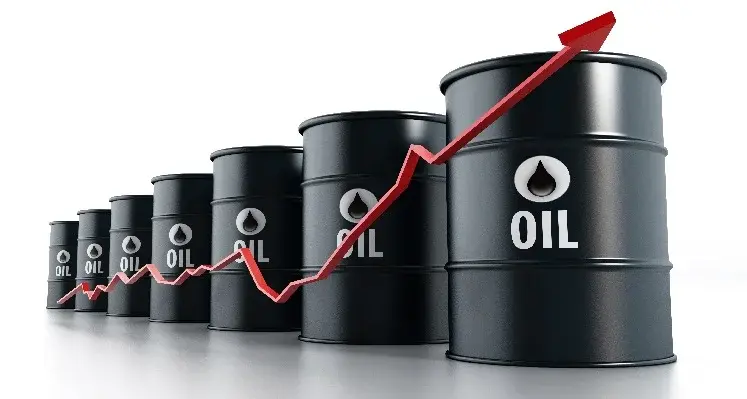A major flare-up in Middle-East conflict could stoke global inflation and drive oil prices above US$100/bbl, according to the World Bank’s latest Commodity Markets Outlook
Assuming no further escalation in geopolitical tensions, the Bank forecasts a decline of 3% in global commodity prices in 2024 and 4% in 2025. However, that will do little to keep inflation down and will keep commodity prices around 38% higher than they were on average in the five years before the COVID-19 pandemic.
“Global inflation remains undefeated,” said Indermit Gill, the World Bank Group’s chief economist and senior vice president. “A key force for disinflation—falling commodity prices—has essentially hit a wall. That means interest rates could remain higher than currently expected this year and next. The world is at a vulnerable moment: a major energy shock could undermine much of the progress in reducing inflation over the past two years.”
Geopolitical tensions
Geopolitical tensions over the past two years have kept the price of oil and many other critical commodities high, even as global growth has slowed. The price of Brent crude oil, the World Bank notes, surged to US$91 per barrel earlier this month—nearly US$34 per barrel above the 2015-2019 average. The Bank forecasts that Brent prices will average US$84 per barrel in 2024 before declining to an average of US$79 in 2025, assuming no conflict-related supply disruptions. A moderate conflict-related supply disruption could raise the average Brent price this year to US$92 per barrel, while a more severe disruption could see oil prices surpass $100 per barrel, raising global inflation in 2024 by nearly one percentage point.
“A striking divergence is emerging between global growth and commodity prices: despite relatively weaker global growth, commodity prices will most likely remain higher in 2024-25 than in the half-decade before the COVID-19 pandemic,” said Ayhan Kose, the World Bank Group’s deputy chief economist and director of the Prospects Group. “One critical factor behind this divergence relates to heightened geopolitical tensions that are keeping upward pressure on prices of major commodities and stoking risks of sharp price movements.”
An escalation of the conflict in the Middle East could also drive up prices of natural gas, fertilisers, and food, the report notes. If the LNG supply were interrupted, fertilizer prices would also rise substantially, potentially driving up food prices.
Accelerating investment in green technologies has bolstered prices of key metals that are critical for the global energy transition. Prices of copper—necessary for electricity-grid infrastructure and electric vehicles—surged to a two-year high this month. They are expected to rise 5% in 2024 before stabilising in 2025. Prices of aluminum are forecast to rise by 2% in 2024 and 4% in 2025, bolstered in particular by the production of electric vehicles, solar panels, and other renewable-power infrastructure.









